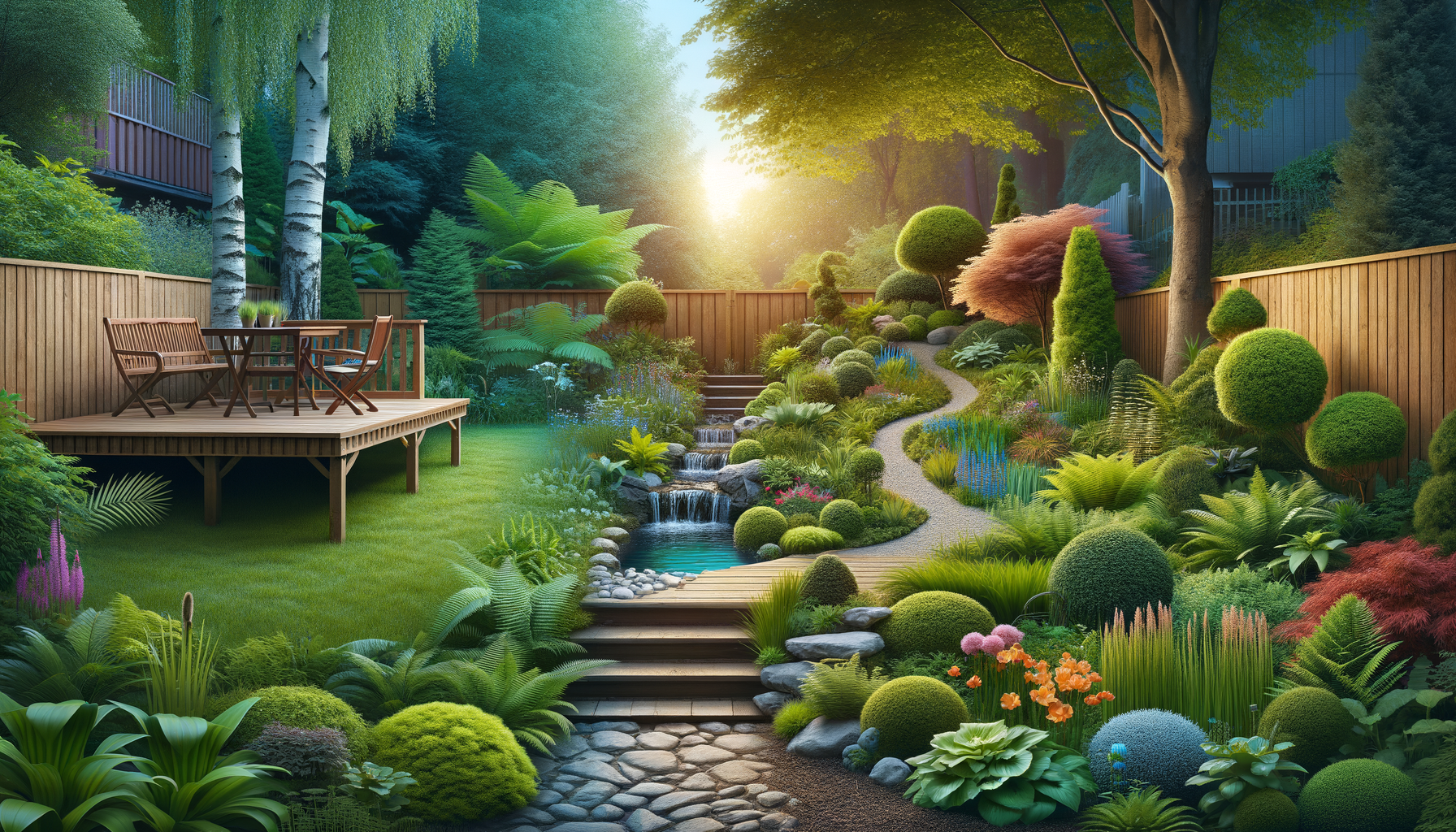Transform Your Backyard: Creative Landscaping with Plants
Discover how to enhance your backyard with creative landscaping techniques using only plants.

Introduction to Landscaping with Plants
Landscaping is an art that transforms outdoor spaces into aesthetically pleasing and functional areas. By focusing on plants, homeowners can create vibrant, eco-friendly environments that enhance the beauty and value of their properties. This approach not only supports biodiversity but also provides a personal oasis for relaxation and recreation. With the right techniques, even the simplest backyard can become a lush, inviting retreat.
Understanding Plant Selection
Choosing the right plants is crucial for successful landscaping. Considerations include climate, soil type, and maintenance needs. Native plants are often recommended as they are adapted to local conditions and require less care. They also support local wildlife, making your garden a hub of ecological activity. For example, drought-resistant plants are ideal for arid regions, reducing the need for extensive watering.
When selecting plants, think about:
- Sunlight requirements: Full sun, partial shade, or full shade.
- Water needs: Drought-tolerant or moisture-loving species.
- Growth habits: Consider height, spread, and growth rate.
Designing with Plants
Designing a landscape involves more than just planting flowers. It requires a thoughtful arrangement of various plant types to create harmony and balance. Consider layering plants by height and texture to add depth and interest. Use evergreens for structure and seasonal plants for color. Paths and borders can be defined with low-growing shrubs or ground covers, providing both form and function.
Incorporate:
- Vertical elements: Climbing plants and trellises.
- Focal points: Unique plants or garden art.
- Color schemes: Harmonious or contrasting palettes.
Maintaining Your Landscape
Once your landscape is established, maintenance becomes key to its longevity and beauty. Regular tasks include watering, pruning, and pest control. Mulching helps retain soil moisture and suppress weeds, while composting enriches soil fertility. Seasonal tasks, such as leaf cleanup and winterizing plants, ensure that your garden remains healthy year-round.
Consider these maintenance tips:
- Schedule regular inspections for early pest detection.
- Use organic fertilizers to promote sustainable growth.
- Adjust watering schedules based on weather conditions.
Innovative Landscaping Ideas
For those looking to push the boundaries of traditional landscaping, innovative ideas can add a unique flair to any garden. Consider incorporating edible plants like herbs and vegetables, which offer both beauty and utility. Vertical gardens are perfect for small spaces, providing lush greenery without requiring extensive ground area. Water features, such as small ponds or fountains, introduce soothing sounds and attract wildlife.
Explore these creative options:
- Edible landscaping: Integrate food-producing plants into ornamental beds.
- Vertical gardens: Create living walls with modular planters.
- Water features: Enhance tranquility and attract birds and insects.
Conclusion: Creating Your Personal Oasis
Landscaping with plants offers endless possibilities for creating a personalized outdoor space that reflects your style and values. By carefully selecting and arranging plants, maintaining their health, and incorporating innovative ideas, you can transform your backyard into a serene and sustainable retreat. Whether you seek a quiet sanctuary or a lively gathering spot, thoughtful landscaping can make your vision a reality.